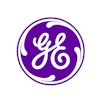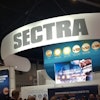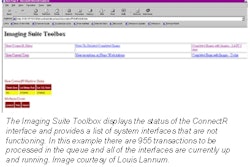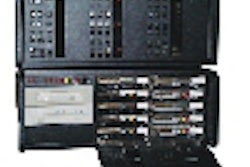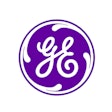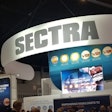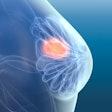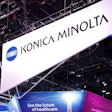SALT LAKE CITY - While some PACS market observers believe that the need for lossy compression will fade away as the performance of computing and storage technologies grow, that mindset would be a mistake, according to Dr. Bradley Erickson of the Mayo Clinic in Rochester.
While computing horsepower grows, imaging exam sizes are increasing in parallel, leading to lasting relevance for lossy compression. "Waiting for storage or transmission technology to catch up and become cheap is not an effective strategy," he said.
Erickson made his comments today during the first annual SCAR R&D symposium, "Irreversible Compression of Lossy Images," sponsored by the SCAR research and development committee. The use of lossy compression remains somewhat controversial, despite a host of studies demonstrating its efficacy in many applications.
Irreversible compression at ratios of great than 10:1 can provide economic benefits by reducing storage costs, Erickson said. In addition, lossy compression may even improve the appearance of images.
"I would argue that with appropriate compression levels, we’re not throwing information away, we're throwing away noise," he said. "Irreversible compression at meaningful ratios greater than 10:1 can be performed without perceptible image degradation, and in fact, if you look at some of the studies, it actually improves appearance."
To those who worry about the loss of image data, Erickson counters that a form of lossy compression takes place every day in the imaging department. For example, in fluoroscopy and ultrasound studies, only a few selected images are captured from the entire exam. In CT studies, only the reconstructed images are retained, and the projections used to make them are discarded.
"In the ultimate case, your text report is the ultimate form of compression," Erickson said. "Essentially, your report compresses those megabytes of (image) data into a few hundred bytes of text."
From a recent SCAR teleradiology study using three systems and various levels of compression, Erickson concluded that lossy compression was not the biggest factor in how the systems performed.
Erickson remains optimistic that lossy compression will increase in use. This belief may get a boost when the JPEG 2000 compression standard is incorporated into DICOM, which may occur by the end of this year. JPEG 2000 utilizes wavelet compression technology, which is not currently supported in DICOM.
"Irreversible compression will become more widely used for archiving and communication purposes," Erickson believes. "Increased integration of practices will drive compression deeper into the workflow, and radiologists will need to learn how to appropriately apply irreversible compression in their practices."
By Erik L. Ridley
AuntMinnie.com staff writer
May 5, 2001
Click here to post your comments about this story in our PACS Digital Community. Please include the headline of the article in your message.
Copyright © 2001 AuntMinnie.com

